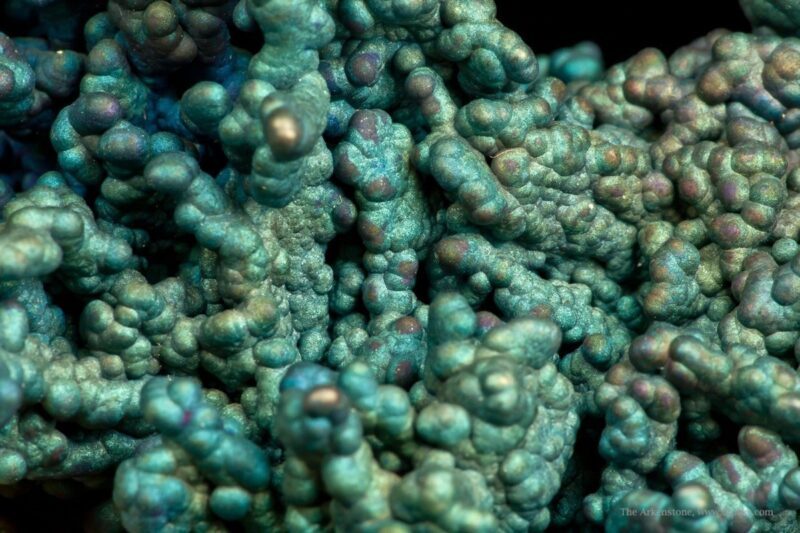Optical Mineralogy: An Intro
In order to understand fine minerals and the environment in which they were formed, it is necessary to learn the fundamentals of identification, so one can recognize and identify the common characteristics of igneous, metamorphic, and sedimentary rocks.
Optical mineralogy is the study of the optical properties of rocks and fine minerals, generally through the preparation and study of thin sections or slices of rock, for examination under a petrographic or polarizing microscope. Optical mineralogy is a helpful process for uncovering insights regarding the origin and evolution of geological materials, and revealing clues regarding their mineralogical composition.
Through the use of a polarizing or petrographic microscope (a compound, transmitted-light microscope, with special components which enable the study of the optical properties of translucent substances), information regarding the different atomic structures of rocks and fine minerals are revealed. Observers are able to review and study features such as mineral shape, color, microtexture, opacity, grain size, cleavage, and refractive index, simply by inserting a thin section of rock for examination.
It should be noted that optical mineralogy is the study of the interaction of light with rock and mineral substances, and is therefore commonly limited to the study of non-opaque (translucent) fine minerals. While the use of a polarizing microscope can also be helpful for determining information regarding the crystal chemical aspects of specimens, it is not conducive to analyzation or study of opaque minerals, such as ores – which are best observed through ore microscopy (which studies reflected light).
There are many different types of polarizing light microscopes, however the process of observation is fairly simple. A specimen is selected and placed on a rotatable observation stage, where it is subjected to illumination under polarized light, which will vibrate in different directions within the sample. Rotation allows for observation of this phenomenon from differing angles – and another polarizer (placed at right angles to the first) can be inserted and withdrawn from the microscope, allowing observation under cross-polarization. The microscope also allows magnification of the image, aiding in the study of optical characteristics.
Characteristics of rocks and fine minerals which are revealed by optical mineralogy include the detailed presentation of variations in color and texture, as well as observation of mineral cleavage and inclusions. Refractive index is also easily determined, as is information regarding microstructure, pleochroism, and (in the instance of observation through double refraction) information regarding extinction and birefringence.
In short, the study of fine minerals and rocks through the process of optical mineralogy can reveal a treasure trove of information regarding the composition, makeup, and characteristics of a sample – all of which can provide essential clues and fascinating insights into the origin and evolution of a specimen.
For more in-depth information regarding petrographic or polarizing microscopes, or the process of optical mineralogy, check out the below links to additional resources. Or, for more information on the assessment and identification of fine minerals or unique specimens in your existing collection, contact the experts at iRocks, today!
Free Introductory Course on Rocks and Minerals Under the Microscope
Optical Mineralogy Tutorials, and General Info
Thumbnail Microscope Images of Common Rocks and Fine Minerals
Lecture: Polarized Light and Minerals
References:
Chisholm, Hugh, ed. (1911). “Petrology”. Encyclopædia Britannica (11th ed.). Cambridge University Press.
Gunter, Mickey E. Optical Mineralogy. http://www.webpages.uidaho.edu/~mgunter/opt_min/article.pdf . Accessed 08-26-2015.
Costin, Gabi. Introduction to Optical Mineralogy. http://www.unibuc.ro/prof/soare_b/docs/res/2012marIntroduction_to_Optical_Mineralogy_2011_Gabi.pdf . Accessed 08-26-2015.
